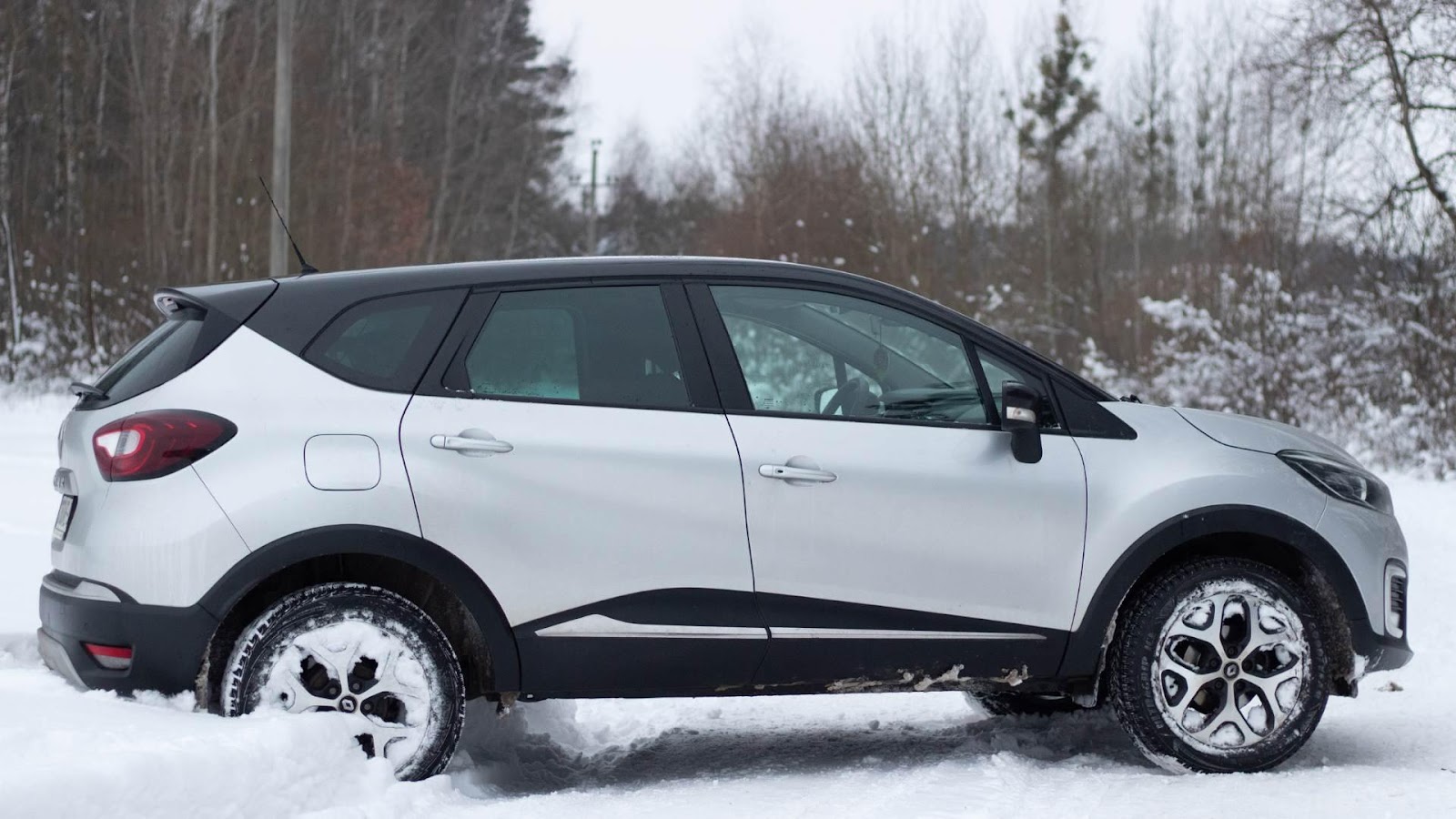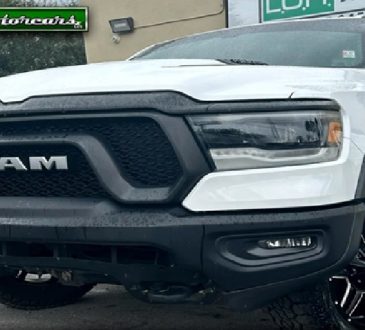
Tire maintenance is a crucial aspect of keeping your 4WD SUV running smoothly and ensuring safety on and off the road. One essential tire maintenance task is tire rotation, which helps distribute wear evenly across all four tires, extends their lifespan, and improves overall performance. In this comprehensive guide, we’ll walk you through the step-by-step process of rotating the tires on your 4WD SUV.
Why Tire Rotation Matters
Tires tend to wear unevenly due to various factors, such as weight distribution, steering, and driving conditions. In a 4WD SUV, where all four tires work together to provide traction, it’s essential to maintain even tire wear. Rotating your tires can:
- Extend Tire Lifespan: By evenly distributing wear, you can make the most of your tires and delay the need for replacements.
- Enhance Traction: Evenly worn tires provide better grip, which is crucial for safe driving, especially in off-road or challenging conditions.
- Improve Fuel Efficiency: Properly rotated tires reduce rolling resistance, resulting in better fuel economy.
Tools and Materials You’ll Need
Before you begin, gather the following tools and materials:
- Jack and jack stands
- Lug wrench or a suitable socket set
- Vehicle owner’s manual (for specific rotation patterns)
- Wheel chocks
- Torque wrench
- A piece of chalk or tire crayon (for marking tires)
Step-by-Step Guide to Tire Rotation
Find a Safe Location
Park your 4WD SUV on a level surface and engage the parking brake. Ensure your vehicle is in gear (or “Park” for automatic transmissions).
Loosen Lug Nuts
Use the lug wrench or socket set to slightly loosen the lug nuts on all four wheels. Do not remove them completely at this stage.
Identify the Rotation Pattern
Consult your vehicle’s owner’s manual for the recommended tire rotation pattern. Common patterns include front-to-back, crisscross, and “X” patterns. These patterns ensure that each tire takes on different roles to distribute wear evenly.
Mark the Tires
Before removing the tires, use chalk or a tire crayon to mark each tire with its current position. For example, label them as “LF” (Left Front), “RF” (Right Front), “LR” (Left Rear), and “RR” (Right Rear).
Lift the Vehicle
Place wheel chocks behind the wheels that will remain on the ground, ensuring the vehicle won’t roll. Then, use the jack to lift one corner of the SUV high enough to remove the tire. Secure the vehicle with jack stands for added safety.
Remove and Rotate the Tires
With the vehicle safely supported, remove the lug nuts and take off the tire. Now, follow the rotation pattern you identified earlier:
- If using the front-to-back pattern, move the front tires directly to the rear and vice versa.
- For crisscross patterns, swap the front left tire with the rear right tire, and the front right tire with the rear left tire.
- The “X” pattern involves crossing the front left tire with the rear right tire and the front right tire with the rear left tire.
- Reinstall and Tighten
Place the rotated tires back onto the vehicle and hand-tighten the lug nuts in a star pattern to ensure even pressure distribution. Then, lower the SUV until the tire is in light contact with the ground.
Tighten the Lug Nuts Properly
Using a torque wrench, tighten the lug nuts to the manufacturer’s recommended torque specification. This step is crucial to prevent over-tightening, which can lead to damage, or under-tightening, which can result in loose wheels.
Repeat for All Four Tires
Repeat steps 5-8 for the remaining three tires, following the same rotation pattern you marked earlier.
Lower the Vehicle
Once all tires are properly rotated and secured, carefully lower your SUV to the ground using the jack. Remove the jack stands and finish tightening the lug nuts with the torque wrench.
Conclusion
Regularly rotating the tires on your 4WD SUV is a simple yet essential maintenance task that can significantly extend the life of your tires and enhance your vehicle’s performance and safety. By following this step-by-step guide and adhering to your manufacturer’s recommended rotation pattern, you’ll be well on your way to enjoying a smoother and more efficient ride, both on and off the road.




